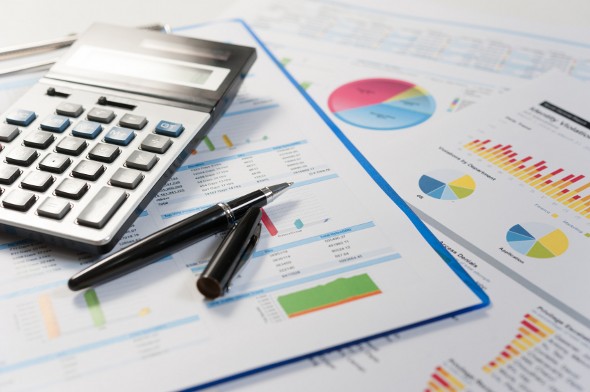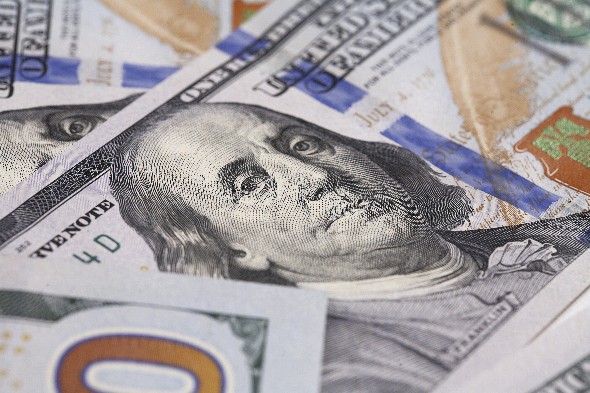Publicly traded companies can decide what to do with profits. They can reinvest them to grow the company and raise share prices or they can pay some of their profits to shareholders as dividends. A company that pays dividends may do so as a compensation to shareholders – compensation for being a higher-risk investment or for low growth in share values.
Check out our retirement planning calculator.
What Is Dividend Yield?
There’s more than one way to make money by investing in the stock market. For example, you can buy low and sell high, you can buy low-cost index funds that track the market and you can buy stocks based on their history of paying dividends. Dividends are periodic payments to stockholders that come out of company coffers. They’re declared separately from other income at tax time and come with their own tax rate that is linked to your ordinary income tax bracket. If you chase dividend yield, you may not see as much upward movement in the prices of the shares you own, but you’ll get regular payments from the company.
Dividend Reinvestment Plans

Some people, particularly those living off their investments in retirement, choose to take their dividends as income. But if you’re still in the workforce and still building wealth, you may want to reinvest dividends instead. You can do this with a stock fund or go through the company whose shares you’re buying. Many companies offer what are called dividend reinvestment plans.
A dividend reinvestment plan (DRIP) can be purchased directly from the company whose stocks you want to own. Then, instead of paying your dividends to you in cash, the company will reinvest them, buying you more equity in the company. Don’t forget to declare your dividends at tax time! To make sure you’re not paying too much in taxes, you’ll also need to keep track of your cost basis, the price you paid for your shares.
If that sounds a little too hands-on for you, there’s an alternative. You don’t have to buy a DRIP from a company to reinvest your dividends. Brokerages that offer mutual funds and index funds often offer dividend reinvestment at no extra charge. If you can afford to reinvest your dividends, it’s a smart move. Your money will compound more quickly and you won’t be tempted to spend the money you earn in dividends. Reinvesting dividends is one way to “set it and forget it.” This approach to investing helps you stay on track to meet your retirement savings goals. It keeps the money working for you.
Ex-Dividend Date
For investors who make it their mission to chase dividends, it’s important to know the ex-dividend date of the stock you want to buy. If you buy stock before the ex-dividend date, you’ll be included in the company’s next round of dividends. Your name will be registered on the list of shareholders in time for the “record date” that determines who gets dividends. But if you buy on or after the ex-dividend date, you won’t be included in the forthcoming dividend round. Don’t make the mistake of thinking that the record date is the deadline. It’s the ex-dividend date you really have to pay attention to.
Companies set ex-dividend dates to provide transparency to the dividend process. In today’s world, when stocks are rapidly changing hands, having an ex-dividend date makes it clear when you have to hold a stock in order to claim a share of company profits. Plus, it gives a few days of breathing room for your name to make it onto the registry in time for the record date.
Dividend ETFs

A dividend ETF is an exchange traded fund that buys shares in many different companies deemed likely to pay substantial dividends. Brokerages that offer dividend ETFs will select companies for the funds based on a strict criterion: consistently increasing dividends over time. If you decide to go this route, it’s a good idea to look for ETFs with low fees. Fees can eat into your earnings and no one wants that. You should also be aware that ETFs are not necessarily diversified. The companies in ETFs are selected for their dividends, not for diversity. You may need to diversify with other investments in your portfolio to make sure that you’re not exposed to too much risk from one industry.
The Takeaway
Dividend investing can bring its rewards, but if you’re paying high fees and commissions for the privilege of chasing dividends, you may be undermining your results. Some people are under the impression that the price of dividend stocks is guaranteed to stay fairly stable. The theory goes that the payment of dividends protects the company from a dramatic drop in share prices. This is true – until it isn’t. Companies that pay high dividends have been known to crash and burn, which just goes to show you that investing has risks. In other words, it’s important not to base your entire investing strategy on chasing high dividends.
A financial advisor can help you diversify your portfolio so you’re not putting all of your eggs in one basket. SmartAsset’s free financial advisor matching tool makes it easier to find an advisor to work with who meets your needs. Simply answer a series of questions about your financial situation and goals. Then the program will narrow down your options from thousands of advisors to up to three registered investment advisors who suit your needs. You can then read their profiles to learn more about them, interview them on the phone or in person and choose who to work with in the future. This allows you to find a good fit while the program does much of the hard work for you.
Photo credit: ©iStock/RomarioIen, ©iStock/stnazkul, ©iStock/OlegGr
